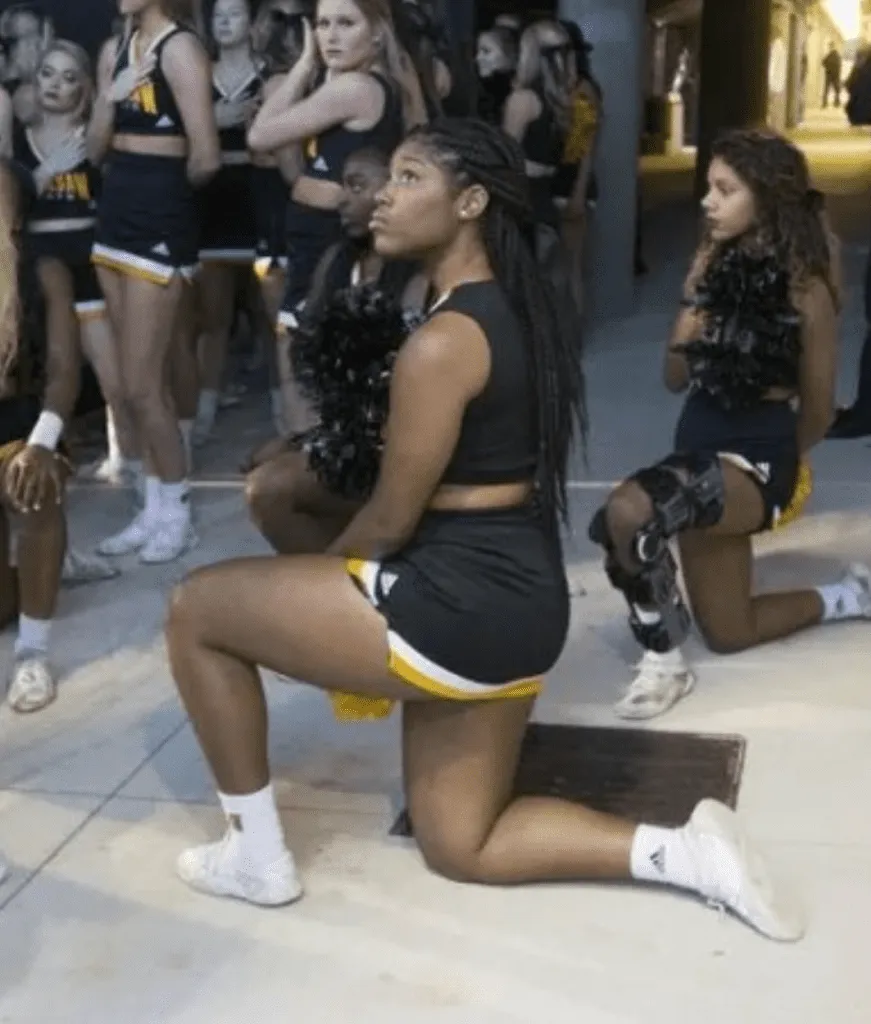According to reports, five students at the University of Texas (UT) had their scholarships revoked for kneeling during the playing of the national anthem. This has sparked a national conversation on social action, institutional standards, and free speech. This decision has sparked contentious debates and raised significant issues on how higher education might more effectively support diversity and inclusion.
In 2016, former NFL quarterback Colin Kaepernick popularized kneeling. Since then, it has developed into a potent form of protest against police violence and racial injustice. The goal of the UT players who joined this initiative was to raise awareness of structural inequities and advocate for underrepresented groups.

The public’s perception of what UT is claimed to have determined is somewhat diverse. The athletes’ supporters argue that the university’s mission to provide a welcoming environment is undermined when students are punished for exercising their right to free expression. They contend that, notwithstanding disagreements, schools and universities should place a high premium on preserving free speech.
Colleges and universities nationwide must make a difficult choice as student activism increases. Will they prioritize institutional policies and procedures or will they take the necessary steps to safeguard free speech? The outcome of this debate will have a significant impact on the interactions between free speech, education, and activism on campus.
UT’s decision has sparked a crucial discussion about how to strike a balance between upholding institutional values and advancing the right to disagree. Will they restrict the freedom that enables people to develop and advance, or will they provide kids with the resources they need to have meaningful conversations?
Ultimately, the decision made by the University of Texas demonstrates the significance of free speech in higher education. As they address these issues, institutions should consider what it means to be a shining example of academic freedom and inclusivity in the twenty-first century.




